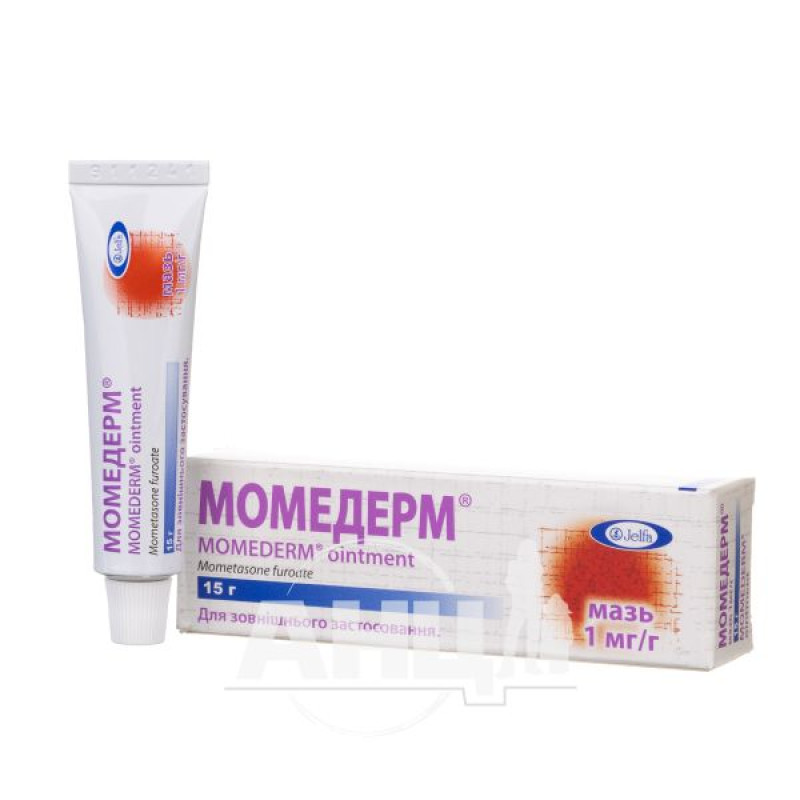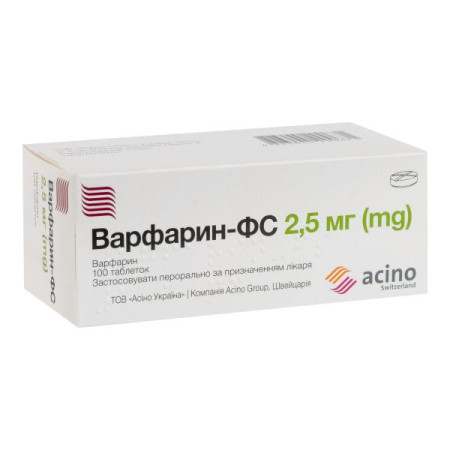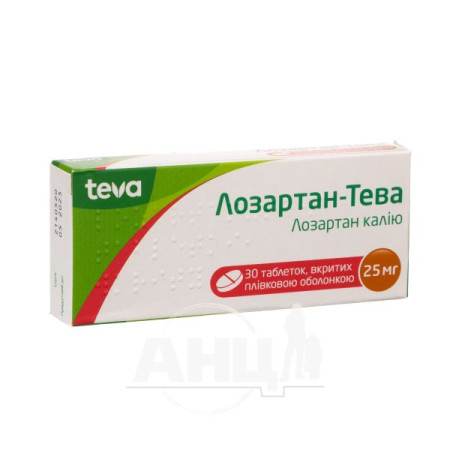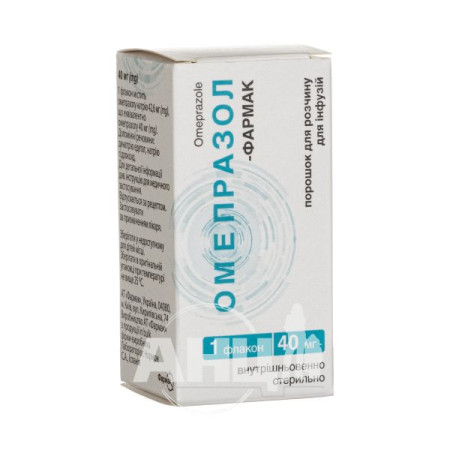Momederm ointment 1 mg/g tube of 15 g
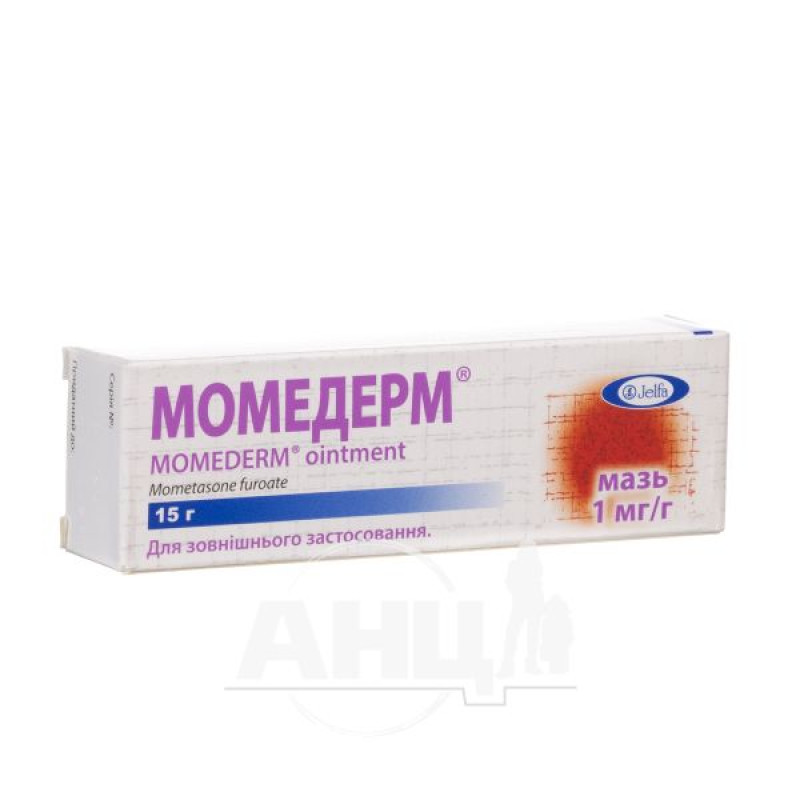
Pharmacological properties
Pharmacodynamics. Mometasone furoate is a potent glucocorticosteroid.
After topical application to the skin, mometasone furoate cream/ointment has anti-inflammatory, antipruritic effects and has an antioxidant effect.
The mechanism of anti-inflammatory action of topical corticosteroids has not been thoroughly studied.
A study of the vasoconstrictor ability of mometasone furoate in the form of ointment and cream compared to other corticosteroids showed that mometasone furoate exhibits an equally strong or even stronger effect than betamethasone valerate, triamcinolone acetonide, betamethasone dipropionate, and fluocinolone acetonide.
Studies of ultraviolet-induced inflammatory changes by electron spectroscopy have shown that mometasone furoate (0.1% cream) has a stronger effect on vasoconstriction compared with drugs containing betamethasone valerate (0.1% cream) or betamethasone dipropionate (0.1% cream). This effect can be maintained for 24 hours.
Pharmacokinetics. To study the level of absorption through the skin, a cream containing labeled mometasone furoate 3 N was used.
Pharmacokinetic studies indicate that systemic absorption after topical application of mometasone furoate 0.1% is minimal; approximately 0.4% of the applied dose is excreted from the body within 72 hours after application.
Indication
Treatment of inflammatory processes and pruritus during corticosteroid treatment in dermatoses such as psoriasis (except widespread plaque psoriasis) and atopic dermatitis, in adults and children aged 2 years and older.
Application
Momederm cream/ointment is applied in a thin layer to the affected skin areas once a day. The duration of treatment is determined individually, taking into account the severity and course of the disease. The use of local corticosteroids in children in the facial area should be limited to the minimum amount of application necessary to achieve a therapeutic effect. The duration of treatment should not exceed 5 days.
Contraindication
Momederm should not be used in patients sensitive to mometasone furoate, other corticosteroids or excipients.
Momederm, like other topical corticosteroids, is contraindicated in acne, rosacea, perioral dermatitis, bacterial infections, viral infections (such as herpes simplex, herpes zoster and chickenpox, simple warts, genital warts, molluscum contagiosum), parasitic and fungal infections (such as candidiasis or dermatophytosis). The drug should not be applied to wounds or ulcerated skin.
Momederm should not be used in case of a reaction after vaccination, impetigo, skin tuberculosis, syphilis, irritation of the genital area and anus, diaper rash.
Side effects
The following are the adverse reactions reported in connection with the use of the drug Momederm, by organ system and frequency: very common (≥1/10); common (≥1/100-1/10); uncommon (≥1/1000-1/100); rare (≥1/10,000-1/1000); very rare (1/10,000); unknown (frequency cannot be estimated from the available data).
Infections and infestations: very rare - folliculitis; unknown - infections, furuncles.
From the nervous system: very rarely - burning sensation; unknown - paresthesia.
Skin and subcutaneous tissue disorders: very rare - itching; unknown - contact dermatitis, skin hypopigmentation, hypertrichosis, atrophic skin streaks, acneiform dermatitis, skin atrophy.
General disorders and administration site conditions: not known - application site pain, application site reactions.
Propylene glycol and stearyl alcohol, which are part of the preparation, may cause skin irritation and local skin reactions.
Local adverse reactions that have been reported infrequently with the use of topical dermatological corticosteroids include: skin dryness and irritation, dermatitis, perioral dermatitis, skin maceration, striae, exacerbation of the disease, erythema, sweating and telangiectasia, papular and pustular rashes and tingling sensation.
Special instructions
Special precautions are required when used in patients with psoriasis, where topical corticosteroid treatment may be dangerous, especially due to the possibility of relapse of the disease due to the development of intolerance, as well as the risk of pustular psoriasis and general toxicity caused by impaired skin integrity. GCS may affect the development of other diseases, which may complicate the establishment of an accurate diagnosis.
Contains stearyl alcohol, which may cause local skin reactions (e.g. contact dermatitis).
In case of irritation or sensitization, the use of the drug should be discontinued and appropriate treatment should be initiated. In case of concomitant skin infection, an appropriate antifungal or antibacterial drug should be used. If positive dynamics are not achieved within a short time, the use of Momederm cream should be discontinued until the infection is completely eliminated.
Patients receiving topical steroids on large areas of skin or using occlusive dressings should be periodically monitored for hypothalamic-pituitary-adrenal axis suppression. This can be done by performing an ACTH stimulation test, measuring morning cortisol levels in plasma, and other media other than urine.
Do not use occlusion on children or on the face. Avoid contact of ointment/cream with mucous membranes.
Abrupt discontinuation of long-term treatment may result in a rebound effect of dermatitis with intense redness, irritation and burning. This can be prevented by slowly withdrawing the drug, for example by intermittent treatment, until the cream is completely discontinued.
GCS can change the signs of some lesions and make it difficult to establish an appropriate diagnosis, which will also delay recovery.
Momederm contains propylene glycol, which may cause skin irritation, as well as stearyl alcohol, which may cause local skin reactions (e.g. contact dermatitis).
Momederm is not intended for ophthalmic use, including application to the eyelids. Do not allow the drug to get into the eyes.
Use during pregnancy and breastfeeding. Pregnancy. There is insufficient evidence of the effects of the drug when used during pregnancy and breastfeeding.
The product can be used during pregnancy only if the benefit to the mother outweighs the potential risk to the fetus. However, use on large areas of the body and for a long time should be avoided. It is also important to keep in mind that the product may affect fetal development, since with topical application of mometasone furoate can penetrate the placental barrier. Animal studies indicate that corticosteroids may have a teratogenic effect.
Breastfeeding. GCS can penetrate into breast milk. The benefits of stopping breastfeeding and stopping the drug should be carefully evaluated before making an appropriate decision.
Children. In children aged 2 years and over, the drug is used only as prescribed by a doctor. Since children have a greater surface area to body weight ratio than adults, children are more susceptible to the risk of suppression of the hypothalamic-pituitary-adrenal system and manifestations of Cushing's syndrome, which increases when applied to an area of more than 20% of the body surface, when using any topical corticosteroids.
It is recommended to use the smallest amount of GCS necessary to obtain a therapeutic effect, especially in children. The course of treatment should not exceed 5 days. Long-term treatment with GCS may delay the growth and development of the child. The safety of using the drug Momederm for more than 6 weeks in children has not been studied.
There are only limited data on the treatment of children under 2 years of age. Mometasone should not be used to treat diaper dermatitis. The cream/ointment should not be used under occlusive dressings unless directed by a physician, and should not be applied to areas under diapers or impermeable underpants.
The ability to influence the reaction speed when driving vehicles or working with other mechanisms. Does not affect.
Interactions
Not detected.
Overdose
To date, no cases of overdose have been identified.
Prolonged topical treatment with corticosteroids may lead to inhibition of the hypothalamic-pituitary-adrenal axis and, as a result, to adrenal insufficiency. In case of suppression of this system, the interval between applications should be increased or a less potent corticosteroid should be used or the drug should be discontinued.
In case of overdose, treatment should be symptomatic and supportive and should be continued for the necessary time. Chronic symptoms of corticosteroid overdose are usually irreversible. If necessary, the level of electrolytes in the blood plasma should be compensated.
Storage conditions
At a temperature not exceeding 25 °C. Do not freeze. After first opening, the shelf life is 4 weeks.
There are no reviews for this product.
There are no reviews for this product, be the first to leave your review.
No questions about this product, be the first and ask your question.






